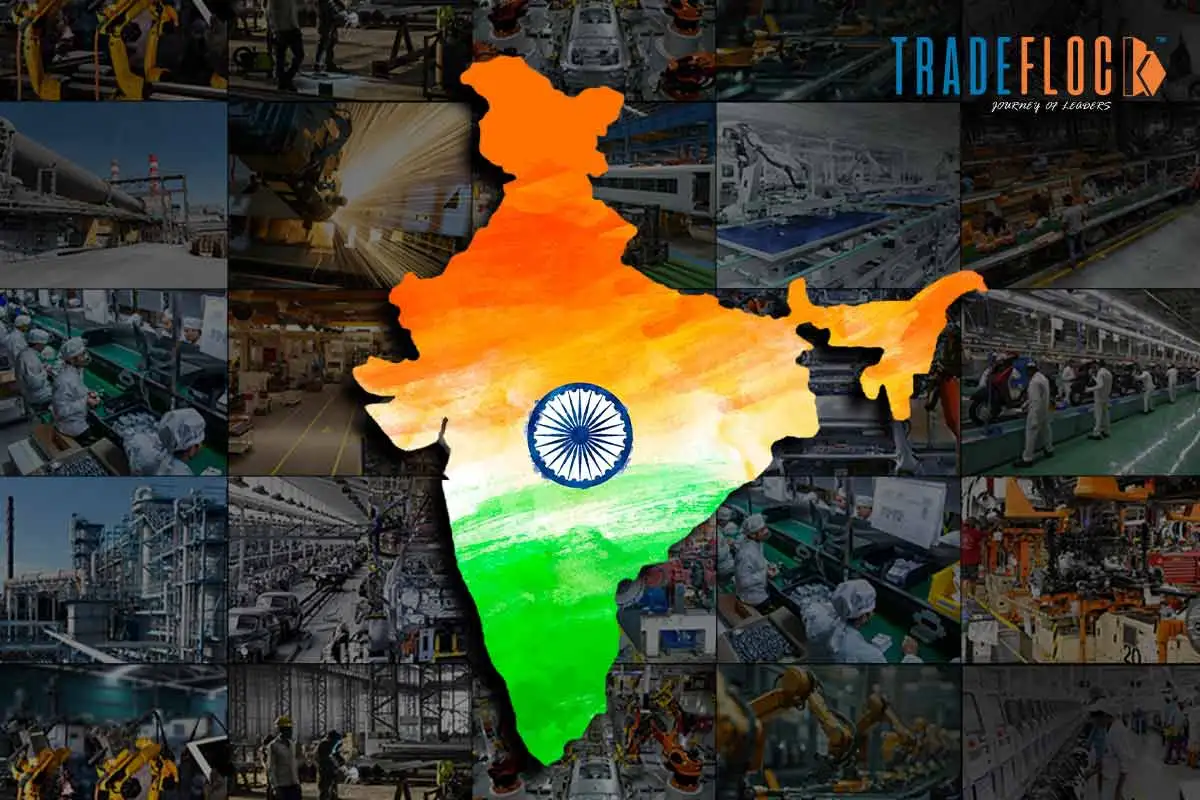The global manufacturing landscape is changing, and more and more companies are looking to exit China and set up their manufacturing units elsewhere. A significant example of this is Apple gradually shifting its manufacturing units from China to India. In 2020, the tech giant announced that it would start manufacturing its iPhone 11 in a Foxconn plant in Tamil Nadu, India. This marked a pivotal moment in the global manufacturing landscape.
India’s government has been promoting indigenous manufacturing for quite some time now. The Make in India initiative, launched in 2014, was a key driver in positioning India as a global manufacturing hub. This initiative had the sole aim to boost manufacturing in India by making the country more attractive to both domestic and foreign investors. By 2020, the government introduced the Production Linked Incentive (PLI) scheme, which provided financial incentives to manufacturers in a plethora of manufacturing sectors in India, including electronics, pharmaceuticals, and textiles. The scheme proved to be vital for India as it boosted its manufacturing output, with a budget of INR 1.97 trillion ($26 billion) over five years. This initiative has been instrumental in attracting companies to set up or expand their manufacturing facilities in India.
Moreover, India’s ease of doing business has improved significantly. According to the World Bank’s Ease of Doing Business Index, India jumped from 142nd in 2014 to 63rd in 2020, reflecting the government’s efforts to simplify regulatory processes, improve infrastructure, and enhance the overall business environment.
While policies have played a crucial role, cost advantages have been equally important in driving the shift from China to India. Labour costs in China have risen substantially over the past decade because of the formation of many labour unions in the country. On the other hand, India’s labour costs remain relatively low. As of 2023, the average monthly wage for a manufacturing worker in India was around $150, significantly lower than China’s average of approximately $650. This whopping gap in monthly wages also played a significant role.
Beyond labour costs, the overall cost of operations, including land, electricity, and logistics, is often more competitive in India. According to a report by Deloitte, India’s logistics cost is expected to decline by 2025 due to ongoing infrastructure development. This reduction makes India an increasingly attractive destination for manufacturing, especially for companies seeking to optimise costs.






